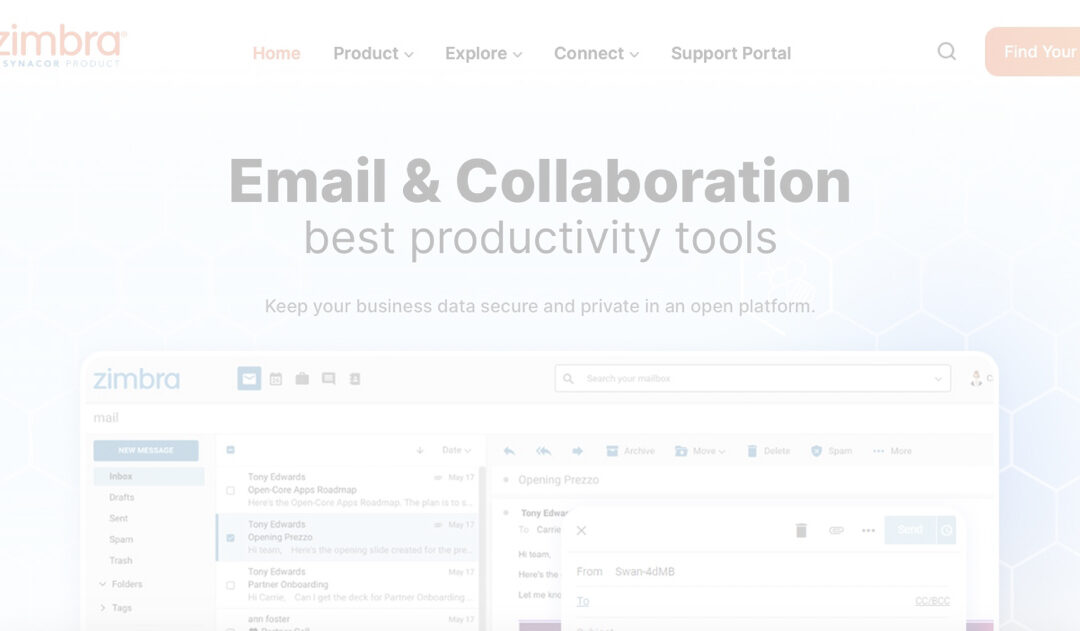VMware vSphere: Top 11 Features Explained
Introduction
In the intricate landscape of virtualization and cloud computing, VMware vSphere stands out as a beacon of innovation, stability, and versatility. Sleek and feature-rich, it’s like having a Swiss Army knife for IT specialists, enabling effortless management of virtual environments. We’re going to delve into the top 11 features of VMware vSphere in this article, break down their intricacies, and present them in a way that will make them as engaging as your best book. So, buckle up, and let’s explore the virtual wonders of vSphere!
Table of Contents
1. ESXi Hypervisor: The Foundation Builder
The ESXi Hypervisor is kind of like the sturdy foundation of a house. It’s the base layer of VMware vSphere and crucial for everything that gets built on top of it. Acting as a Type 1 hypervisor, it sits directly on the hardware, like a house sits on its foundation. This direct approach means better performance and tighter security – it’s not relying on an underlying operating system to communicate with the hardware.
Real-life Comparison: Picture a bustling restaurant kitchen. The ESXi Hypervisor is like the kitchen floor, supporting all the appliances (your virtual machines) and the chefs (applications) who move around, creating delicious meals (processing data).
2. vCenter Server: The Master Puppeteer
Think of the vCenter Server as the master puppeteer in a grand puppet show. It’s where all the strings (read: controls) converge. This central platform lets you pull the strings of your virtual environment, controlling, monitoring, and managing VMs and hosts from one spot.
Real-life Comparison: Imagine being the director of a big movie set. You’re in your director’s chair with monitors showing you every angle of the set. From this one spot, you can communicate with every actor and crew member, and coordinate every scene. That’s the vCenter Server – your director’s chair in the world of virtual environments.
3. High Availability (HA): Your Safety Net
High Availability is like a skilled stunt double, ready to take over when the star (your server) takes an unexpected fall. It minimizes downtime by automatically restarting VMs on other hosts in the cluster if a server fails.
Example: Think of a team of acrobats. If one falls, another immediately steps in, ensuring the show goes on seamlessly. That’s HA – it ensures your applications remain available, even when hardware hiccups occur.
4. Distributed Resource Scheduler (DRS): The Great Balancer
DRS is the wise sage of resource allocation. It continuously monitors resource usage across a cluster and automatically moves VMs to balance the load. This ensures optimal performance and prevents any one server from being overburdened.
Example: Imagine a busy restaurant. DRS is like the maître d’ who skillfully assigns guests to tables, ensuring each server has a balanced workload and every guest enjoys timely service.
5. vMotion: Seamless Mobility
vMotion is like a magic carpet for VMs, allowing you to move them from one server to another without any downtime. This is crucial for maintenance, load balancing, or disaster recovery.
Example: Picture a busy train station. With vMotion, you can move passengers (VMs) to a different train (server) without them even noticing, ensuring their journey (applications) continues uninterrupted.
6. Storage vMotion: The Unsung Hero
Storage vMotion works hand-in-hand with vMotion but focuses on data storage. It lets you move VM disk files between storage arrays without downtime. This is invaluable for storage maintenance, upgrades, or load balancing.
Example: Think of a library. With Storage vMotion, you can reorganize books (data) from one shelf (storage array) to another without disturbing the readers (users).
7. Network I/O Control (NIOC): Traffic Cop
NIOC ensures that network traffic is well-regulated and prioritized. It’s like a traffic cop at a busy intersection, making sure that critical applications get the bandwidth they need, and congestion is minimized.
Example: Picture the internet as a bustling city. NIOC is the traffic system that ensures emergency vehicles (critical network traffic) get priority and reach their destinations quickly, while still managing the flow of everyday traffic.
8. Content Library: The Organized Librarian
The Content Library in vSphere is like a meticulously organized librarian. It provides a centralized repository for storing VM templates, ISO images, and scripts. This feature ensures consistent deployment of VMs and promotes efficient resource management.
Example: Imagine an architect’s office with a vast collection of blueprints. The Content Library is like a digital filing system, ensuring that the right blueprint (VM template) is readily available and standardized for every new construction (VM deployment).
9. Fault Tolerance (FT): The Reliable Backup
Fault Tolerance takes high availability to the next level. It creates a live shadow copy of a VM, which can instantly take over without any data loss or service interruption if the primary VM fails. Think of it as having an understudy ready to step in at a moment’s notice during a live performance.
Example: Picture a presidential speech. Fault Tolerance is like the speechwriter standing by with an identical copy of the speech, ready to hand it over seamlessly if the president’s copy gets lost.

10. Distributed Switch (vDS): The Network Maestro
The vSphere Distributed Switch acts as a single virtual switch across multiple ESXi hosts, simplifying network management. It provides centralized control over network configuration, enhancing consistency, and reducing the potential for errors.
Example: Consider a complex train network. The vDS is like the central control room that manages the signals and switches for the entire network, ensuring trains (data packets) reach their destinations efficiently.
11. vSphere Update Manager (VUM): The Upkeep Expert
vSphere Update Manager automates patch management and upgrades for ESXi hosts, VMs, and virtual appliances. It keeps the entire virtual environment safe, current, and operational like a watchful caregiver.
Example: Consider a fleet of automobiles as an example. VUM is like the maintenance crew that routinely checks and updates each car, ensuring they are all in top condition and equipped with the latest features.
Conclusion
With its abundance of capabilities, VMware vSphere offers an ecosystem that meets all virtual needs, from optimizing resource usage to guaranteeing flawless operations. These top 11 qualities are merely the tip of the iceberg; each one is necessary to create a robust, agile, and effective IT infrastructure.
As technology develops, vSphere becomes more crucial in assisting companies to grow and adapt in the digital sphere. Knowing the ins and outs of vSphere is like having a roadmap to the future of virtualization and cloud computing, regardless of your background—IT expert, business executive, or just a tech enthusiast. Utilize these tools to help you navigate the intriguing world of VMware vSphere.









0 Comments